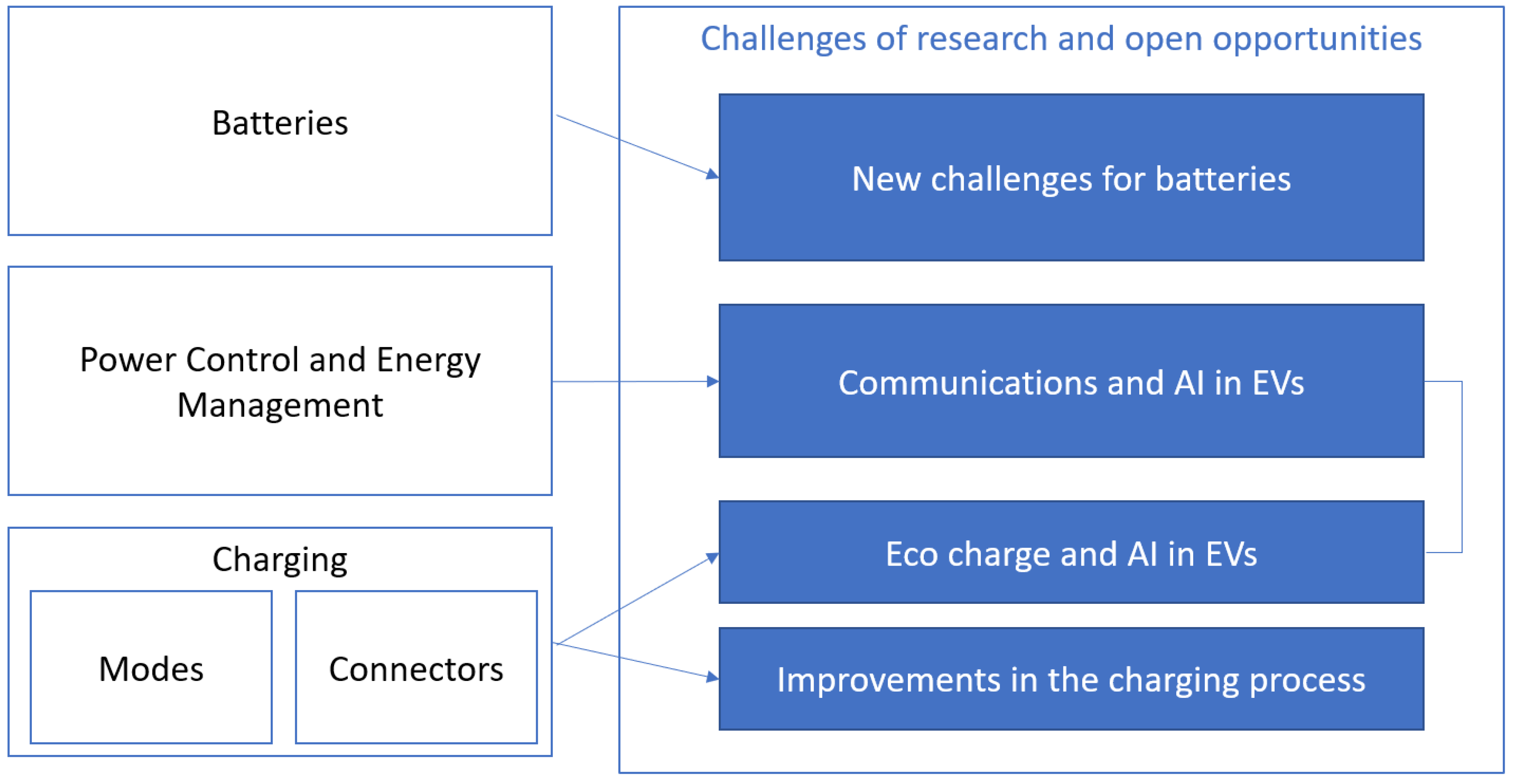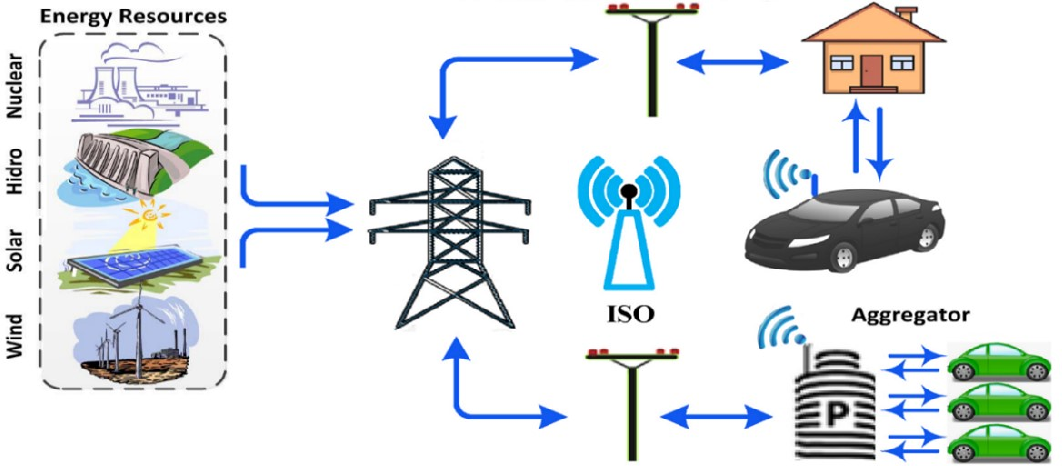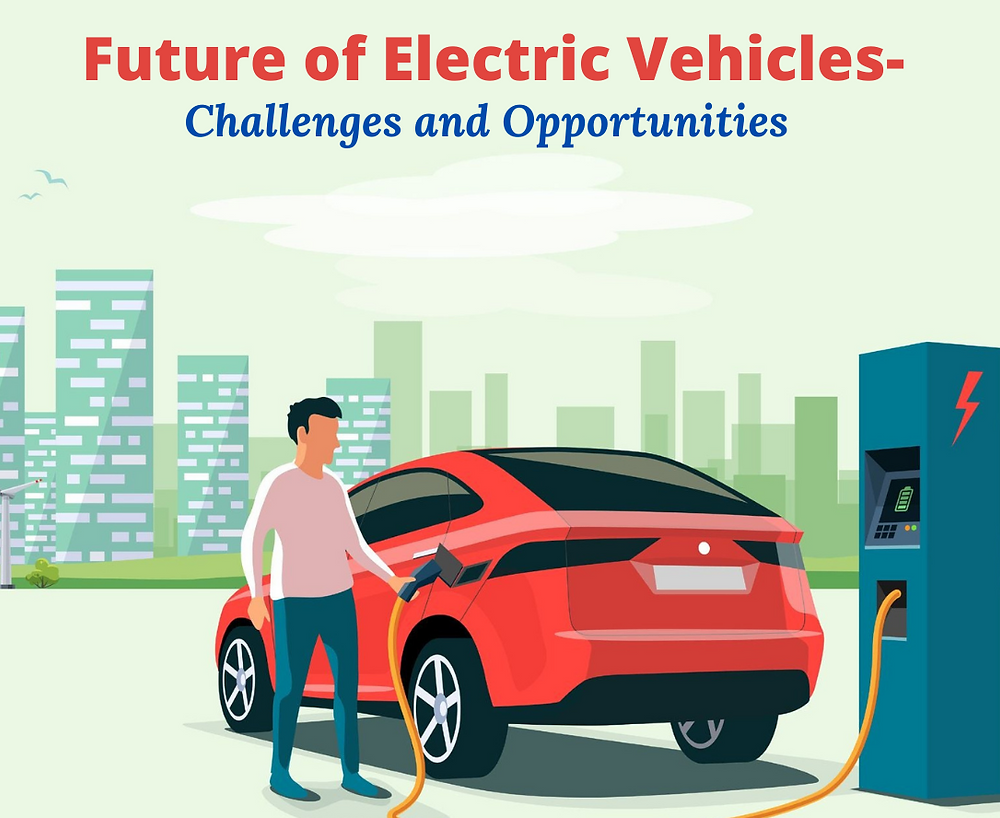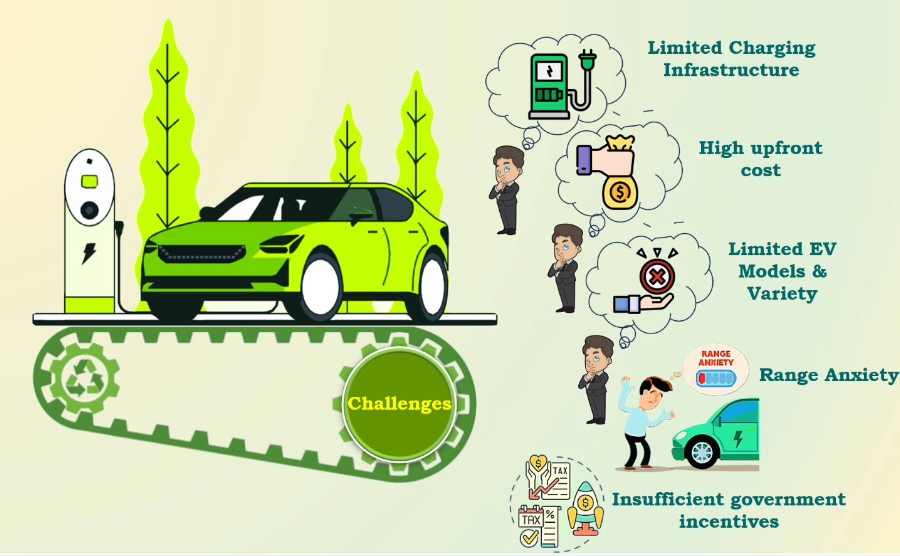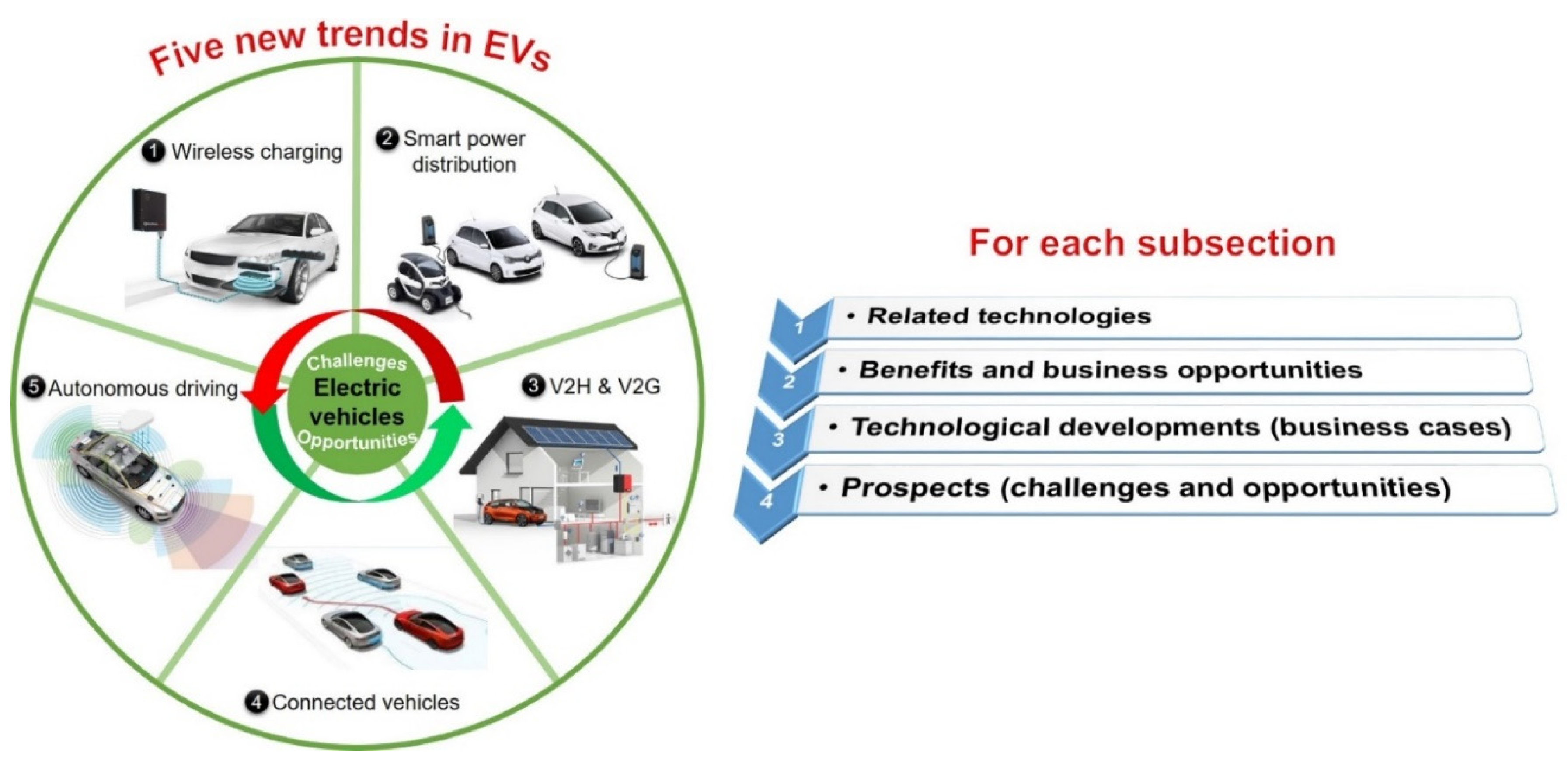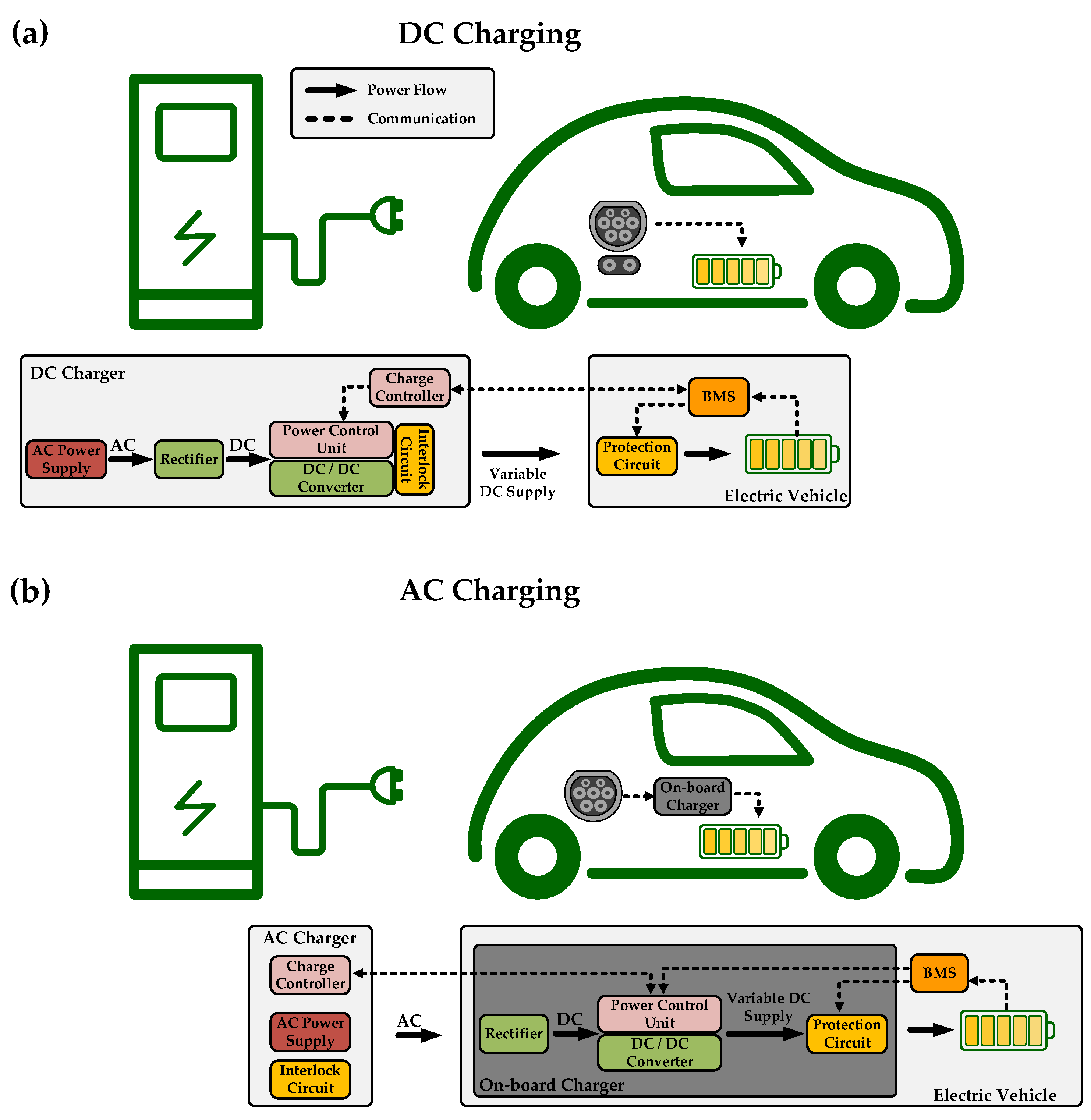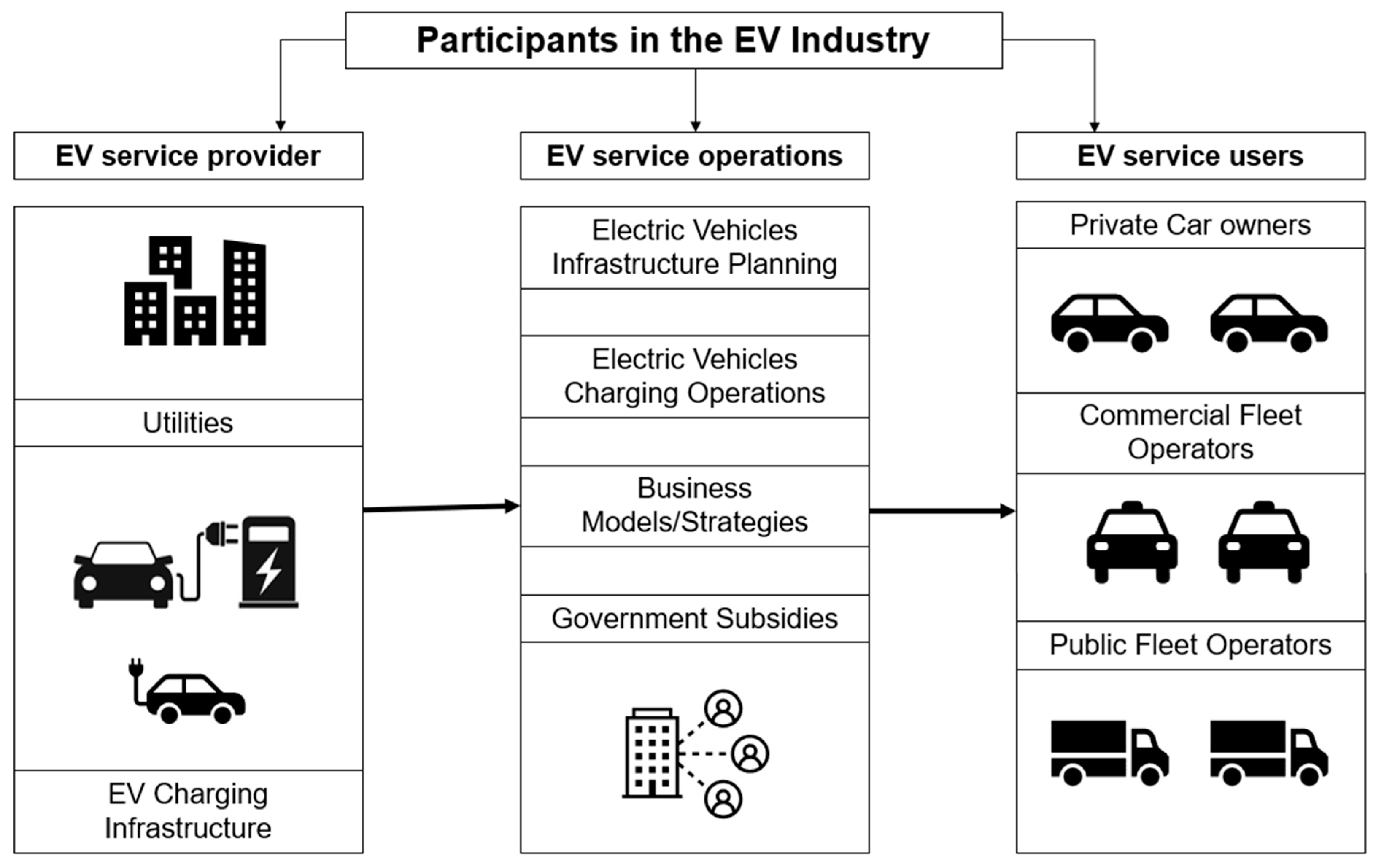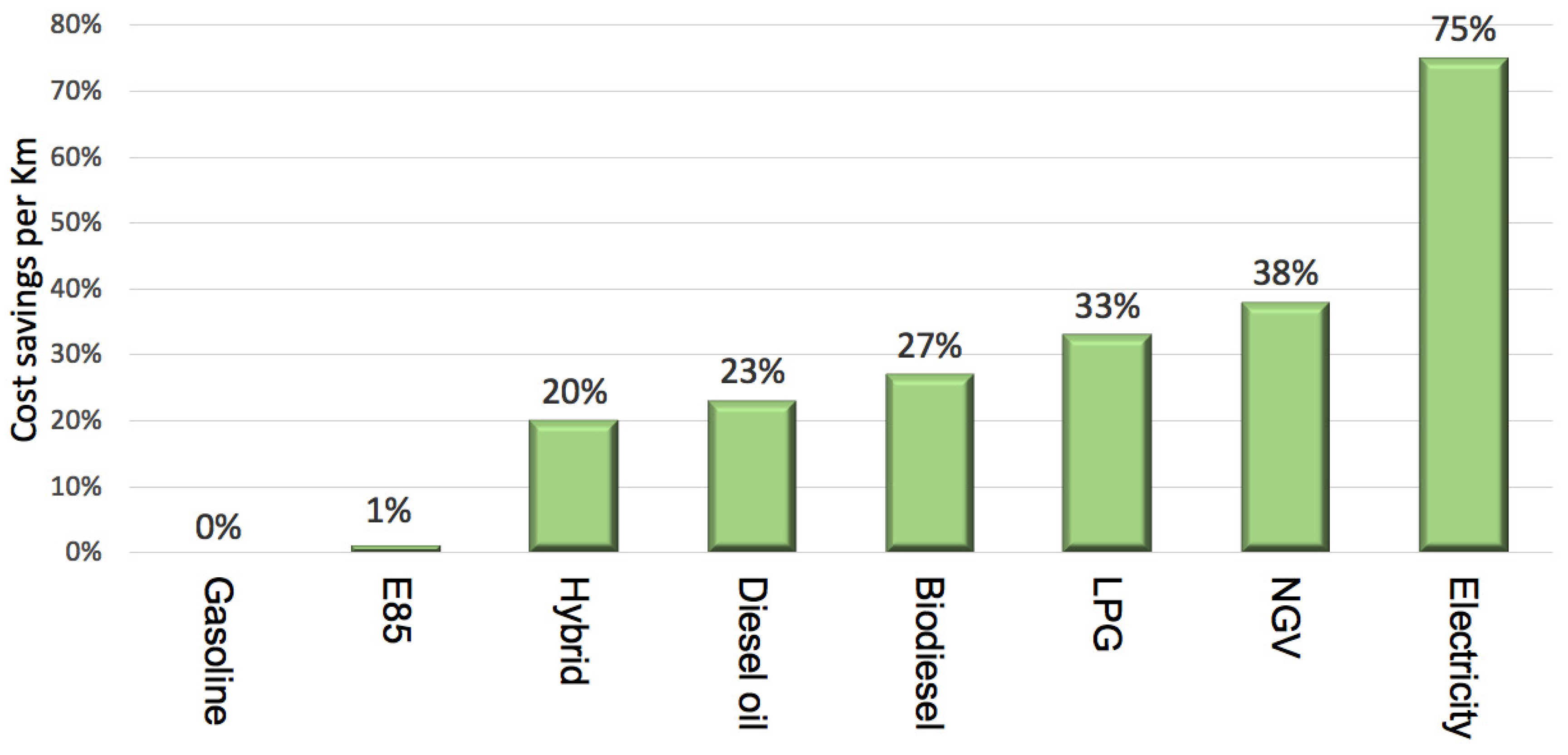A Review On Electric Vehicles Technologies And Challenges

The automotive landscape is undergoing a seismic shift, driven by the urgent need to decarbonize transportation and combat climate change. Electric Vehicles (EVs), once a niche technology, are now at the forefront of this revolution, promising cleaner, quieter, and potentially more efficient mobility. However, the road to widespread EV adoption is paved with technological hurdles and infrastructure challenges that demand innovative solutions and strategic planning.
This article delves into the current state of EV technologies, exploring the advancements in battery technology, charging infrastructure, and vehicle design. It also examines the significant challenges that remain, from range anxiety and charging times to the environmental impact of battery production and the affordability of EVs for the average consumer. The analysis aims to provide a balanced perspective on the opportunities and obstacles facing the electric vehicle revolution, drawing upon the latest data and insights from leading experts and organizations in the field.
Battery Technology: The Heart of the Electric Vehicle
At the core of every EV lies its battery, the energy storage system that dictates range, performance, and cost. Lithium-ion batteries, the dominant technology today, have seen remarkable improvements in energy density and lifespan over the past decade, but further advancements are crucial for widespread adoption.
Current research focuses on several key areas, including increasing energy density to extend range without increasing battery size or weight. Scientists are also working to improve battery safety, particularly thermal stability, to prevent overheating and potential fires.
Beyond lithium-ion, next-generation battery technologies like solid-state batteries and lithium-sulfur batteries are showing promise. These technologies offer the potential for even higher energy densities, faster charging times, and improved safety profiles, but significant technological hurdles remain before they can be commercially viable.
Charging Infrastructure: Bridging the Gap
The availability of reliable and convenient charging infrastructure is a critical factor in the adoption of EVs. Range anxiety, the fear of running out of battery charge before reaching a charging station, remains a significant deterrent for many potential EV buyers.
Governments and private companies are investing heavily in expanding the charging network, deploying charging stations in homes, workplaces, and public locations. These charging stations range from Level 1 and Level 2 chargers, which offer slower charging speeds, to DC fast chargers, which can provide a significant charge in a relatively short time.
However, challenges remain in ensuring equitable access to charging infrastructure, particularly in underserved communities and rural areas. The standardization of charging connectors and protocols is also crucial for ensuring compatibility across different EV models and charging networks.
Standardization and Interoperability
The lack of a unified charging standard has been a point of contention in the EV industry. Different manufacturers use different charging connectors and protocols, which can create confusion and inconvenience for EV drivers.
Efforts are underway to promote standardization and interoperability, with the goal of creating a seamless charging experience for all EV users. The Combined Charging System (CCS) is emerging as a leading contender for a universal charging standard, supporting both AC and DC charging.
However, the transition to a universal standard will require cooperation and coordination among automakers, charging network operators, and government agencies.
Vehicle Design and Efficiency
The design of EVs also plays a significant role in their efficiency and performance. Aerodynamic styling, lightweight materials, and efficient drivetrain components are all essential for maximizing range and minimizing energy consumption.
Automakers are increasingly using advanced materials like aluminum and carbon fiber to reduce vehicle weight, which improves both range and handling. Electric motors are also becoming more efficient, converting a higher percentage of electrical energy into mechanical power.
Furthermore, regenerative braking systems capture kinetic energy during deceleration, converting it back into electrical energy to recharge the battery. This feature can significantly improve range, particularly in stop-and-go traffic.
Challenges and Concerns
Despite the significant progress in EV technology, several challenges and concerns remain. The environmental impact of battery production, the cost of EVs, and the limited availability of charging infrastructure are all factors that need to be addressed.
The extraction and processing of raw materials for batteries, such as lithium and cobalt, can have significant environmental and social impacts. Mining activities can disrupt ecosystems, pollute water sources, and contribute to greenhouse gas emissions. Sustainable sourcing of battery materials is crucial for mitigating these impacts.
The upfront cost of EVs is still higher than comparable gasoline-powered vehicles, which can be a barrier for many consumers. Government incentives and subsidies can help to reduce the cost of EVs, but more affordable models are needed to achieve widespread adoption.
Battery Recycling and Second Life
As the number of EVs on the road increases, the issue of battery recycling becomes increasingly important. Lithium-ion batteries contain valuable materials that can be recovered and reused, reducing the need for new mining.
Several companies are developing innovative battery recycling processes, but the industry is still in its early stages. Establishing a robust battery recycling infrastructure is crucial for ensuring the sustainability of the EV industry.
Another potential solution is to repurpose EV batteries for second-life applications, such as stationary energy storage. This can extend the lifespan of the batteries and reduce the environmental impact.
The Future of Electric Vehicles
The future of electric vehicles looks promising, with continued advancements in battery technology, charging infrastructure, and vehicle design. As EVs become more affordable, convenient, and sustainable, they are poised to play an increasingly important role in the global transportation system.
Policy support from governments, including incentives for EV purchases and investments in charging infrastructure, will be crucial for accelerating the transition to electric mobility. Collaboration among automakers, charging network operators, and technology providers is also essential for driving innovation and standardization.
Ultimately, the success of the electric vehicle revolution will depend on addressing the remaining challenges and ensuring that EVs are accessible and sustainable for all.



